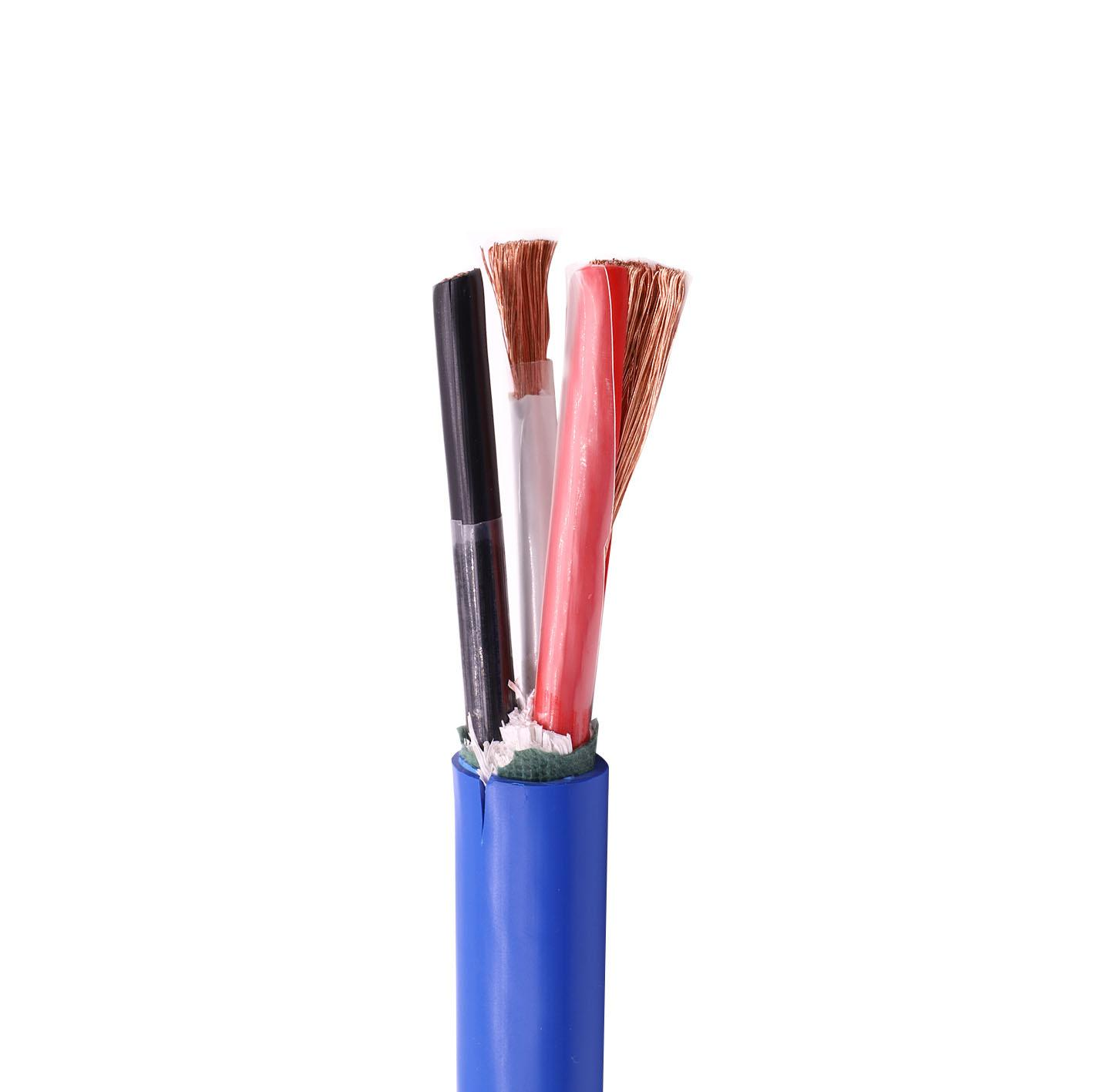 Author: Joey Wan
Author: Joey Wan  August 08,2022
August 08,2022
Solar photovoltaic cables can be divided into DC cables and AC cables
In recent years, the application of solar power (PV) power generation has become more and more extensive and has developed rapidly. In the process of photovoltaic power station construction, in addition to the main equipment, such as photovoltaic modules, inverters, and step-up transformers, the photovoltaic cable materials that are connected to the photovoltaic power station have a great impact on the overall photovoltaic power station. Profitability, operational safety, and high efficiency also play a crucial role. The following is a detailed introduction to the use and use environment of cables and materials commonly used in photovoltaic power plants.

According to the system of photovoltaic power station, cables can be divided into DC cables and AC cables, which are classified as follows according to different uses and use environments:
1. DC cables for solar photovoltaic cables
(1) Serial cables between components.
(2) Parallel cables between the strings and between the strings and the DC distribution box (combiner box).
(3) The cable between the DC distribution box and the inverter.
The above cables are all DC cables, and there are many outdoor installations. They need to be moisture-proof, sun-proof, cold-resistant, heat-resistant, and UV-resistant. In some special environments, they also need to be protected from chemical substances such as acid and alkali.
2. AC cables for solar photovoltaic cables
(1) The connecting cable from the inverter to the step-up transformer.
(2) The connecting cable from the step-up transformer to the power distribution device.
(3) The connecting cable from the power distribution device to the power grid or the user.
This part of the cable is an AC load cable, which is laid in the indoor environment and can be selected according to the general power cable selection requirements.
